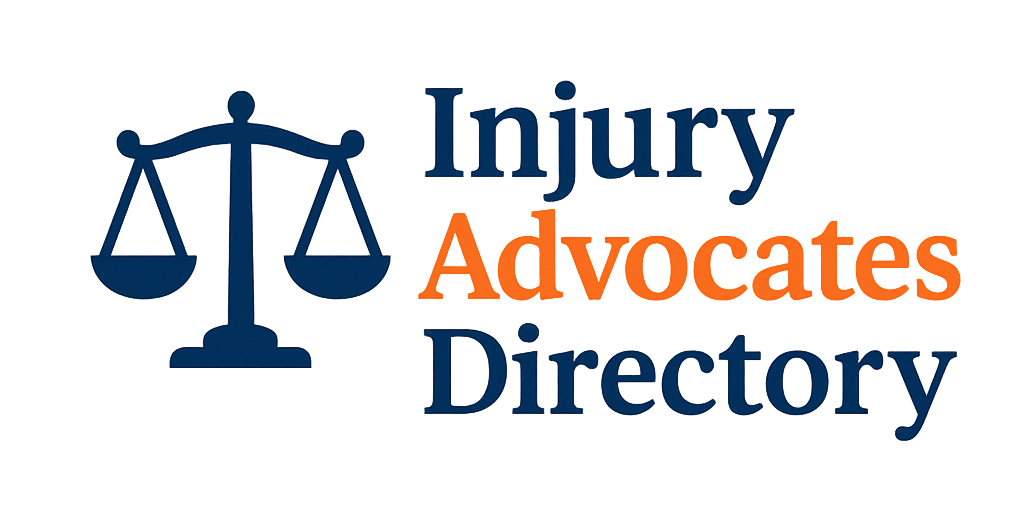Understanding how car accident liability is determined is crucial for anyone involved in a vehicle accident. Determining fault can significantly impact insurance claims, compensation, and legal outcomes. In this article, we will explore the various aspects of car accident liability, including the roles of evidence and negligence.
At-fault vs. no-fault accidents
In the realm of car accidents, the terms at-fault and no-fault refer to how liability is assigned. In at-fault accidents, one driver is deemed responsible for the crash, which influences insurance claims and payouts. Conversely, no-fault accidents allow drivers to claim their own insurance for medical expenses regardless of fault.
Understanding the differences between these systems is essential. In at-fault states, the responsible driver’s insurance typically covers damages, while in no-fault states, personal injury protection (PIP) insurance pays for medical costs. This distinction can drastically affect the way claims are handled.
- In at-fault states, the at-fault driver’s insurance pays for damages.
- No-fault states require drivers to file claims with their own insurance companies.
- The definitions of fault can vary by state, emphasizing the importance of local laws.
- Understanding local regulations is crucial for navigating claims efficiently.
How is fault determined in a car accident?
Determining fault in a car accident often involves a thorough investigation of various factors. Law enforcement typically collects evidence at the scene, including witness statements and police reports. These documents play a vital role in establishing liability.
Moreover, evidence such as skid marks, vehicle damage analysis, and traffic laws can heavily influence the determination of fault. Insurance adjusters carefully review this information to make informed decisions on claims.
In some cases, comparative fault laws may apply, where multiple parties share responsibility for the accident. This system considers the degree of negligence of each party involved, affecting the compensation each party can claim.
What happens if you are at fault in a car accident?
If you are deemed at fault in a car accident, several implications could follow. Primarily, your insurance will handle the claims of the other party, which could lead to increased premiums in the future.
Being at fault may also expose you to potential legal action from the other party, especially if there are significant injuries or damages involved. It is crucial to understand your insurance coverage, as liability insurance will often cover these costs.
In some states, drivers may benefit from forgiveness programs, which can prevent premium increases after a first accident. However, understanding your specific state laws is essential to navigate this effectively.
How do insurance companies determine fault in an accident?
Insurance companies utilize a variety of methods to determine fault in a car accident. Typically, they start by reviewing the police report, which contains critical information about the accident.
Additionally, adjusters examine witness statements and the condition of vehicles involved. The role of evidence is paramount in these investigations. For example, they might look at photographs of the scene, vehicle damage assessments, and any available surveillance footage.
- Police reports often contain valuable insights that help clarify the circumstances of the accident.
- Witness testimonials are also taken into account, providing different perspectives on the event.
- Insurance companies may use expert opinions to assess the technical aspects of the crash.
- Insurance adjusters often rely on state-specific laws and regulations when determining fault.
What happens in a no-fault accident?
In a no-fault accident, the processes differ significantly compared to at-fault systems. Here, each driver files a claim with their own insurance company, allowing for quicker access to medical treatment and compensation for injuries.
However, while no-fault systems streamline medical claims, property damages are still typically assessed based on the at-fault driver’s insurance. This means that if you suffer property damage, you may need to pursue the at-fault driver for compensation.
No-fault states usually require Personal Injury Protection (PIP) coverage, which pays for medical expenses, lost wages, and other related costs regardless of who was at fault. This can provide peace of mind, but it's essential to review your coverage limits thoroughly.
How do adjusters determine who is at fault?
Adjusters play a critical role in determining fault after a car accident. They are trained to analyze various aspects of the incident, including the evidence collected at the scene. They will typically review police reports, witness statements, and any available photographic evidence.
Moreover, adjusters often consult with legal and technical experts to ensure a comprehensive evaluation of the accident facts. They look for signs of negligence and violations of traffic laws, which might indicate who is primarily responsible for the accident.
In states with comparative fault laws, adjusters must also determine the degree of fault attributed to each party, which can significantly affect compensation amounts. This nuanced approach highlights the importance of thorough evidence collection.
Why is determining car accident fault important?
Determining fault in a car accident is crucial for several reasons. First and foremost, it influences how claims are processed and who pays for damages. When one party is deemed at fault, their insurance is responsible for compensating the other party for medical expenses and property damage.
Additionally, establishing fault can impact future insurance premiums. Being found at fault often leads to increased rates, which can financially burden the driver involved. Understanding the implications of fault determination helps individuals navigate their insurance options more effectively.
Moreover, accurate fault determination is vital in legal scenarios, where liability may lead to lawsuits for damages. A clear understanding of fault can ensure that affected parties receive the compensation they deserve.
How can a lawyer help me with my case?
Engaging a personal injury lawyer after a car accident can provide significant advantages. Lawyers specialize in understanding the complexities of liability and insurance claims, which can be overwhelming for individuals navigating the process alone.
They can help gather essential evidence, including police reports and witness statements, to build a robust case. A lawyer’s expertise in negotiating with insurance companies can often lead to favorable settlements.
Additionally, if the case escalates to litigation, having a lawyer ensures that your rights are protected throughout the legal process. They can provide guidance on the best steps to take, maximizing your chances of a favorable outcome.
Related questions about car accident liability
How to prove liability in a car accident?
Proving liability in a car accident typically involves gathering substantial evidence. This includes witness statements, photographs of the accident scene, and police reports that detail the circumstances. Documentation of damages and injuries is also critical. Collecting this information promptly can bolster your case significantly.
Moreover, understanding state-specific laws regarding negligence and liability can help clarify your position. Each state has different requirements and standards, making it essential to consult with experts familiar with local laws.
How is liability insurance determined?
Liability insurance is determined based on several factors, including the state in which you reside, your driving history, and the specifics of the accident. Insurers assess risk factors and calculate premium rates accordingly.
In at-fault situations, the driver’s liability coverage will typically cover the costs associated with injuries or damages, depending on the limits of that coverage. Understanding your policy’s terms is essential to know your rights and obligations.
How do insurances determine who is at fault?
Insurance companies determine fault by thoroughly investigating the accident. This involves reviewing police reports, analyzing witness statements, and inspecting the vehicles involved. They look for evidence that suggests negligence or violation of traffic laws, which can guide their decision on liability.
Each insurance company may have different criteria for assessing fault, but they all aim to reach an unbiased conclusion based on available evidence. It’s crucial for claimants to provide as much relevant information as possible to strengthen their case.
How do you tell who is in the wrong in a car accident?
Determining who is in the wrong in a car accident typically involves examining the circumstances of the incident. Analyzing evidence such as traffic laws, driver behavior, and available witness accounts can shed light on liability.
In many cases, police reports provide crucial insights into the accident dynamics, including any citations issued. Consulting with legal experts can also help clarify your position and guide you through the claims process.

